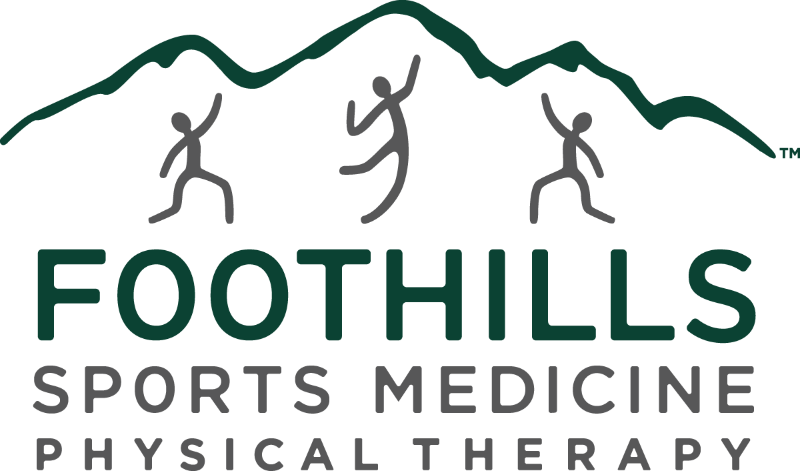Are you interested in how the human body works? Do you want to be able to identify when it isn’t working properly, and figure out what the problem is? Physical therapists have the unique opportunity to evaluate and treat patients by diagnosing impairments and solving them through a specific plan to reduce pain and restore functional mobility. There are many paths you can take to become a physical therapist, but the following 6 steps are the best way to achieve your goal.
1. What degree do you need to become a physical therapist?
You can apply to physical therapy school with any bachelor’s degree, as long as you have also completed the necessary prerequisites for PT school. These primarily include anatomy, physiology, biology, chemistry, and physics. Degrees in exercise science, athletic training, and biology are recommended, as they will best prepare you for physical therapy school.
2. Research Physical Therapy Schools and Apply
With over 225 programs in the United States, there are plenty of options for PT school. Doing research will give you a great deal of information and help guide you to the right school. If possible, contact the program directors and schedule a visit before you make your decision. Applications should be completed sooner rather than later, and they are done through PTCAS – an online centralized service where you complete one application that can be sent to as many schools as you wish. Schools will take into consideration your undergraduate GPA, your prerequisite GPA, GRE scores, references, and any experience you have in the field. This includes working as a PT tech or volunteering and shadowing in a rehab setting – the more hours the better! Gain experience in multiple settings, such as outpatient, inpatient, skilled nursing facility, hospital-based, or private practice.
3. Complete a Doctor of Physical Therapy Degree
The DPT is a three-year degree with roughly 2 years of didactic coursework and 1 year of clinical rotations in various settings, including outpatient orthopedics, acute inpatient care, and long-term care. All credentialed PT programs will adequately prepare you to treat any and all patients, however, the best ones will provide thorough instruction in evidence-based clinical reasoning and differential diagnosis, and they will provide you with excellent clinical opportunities to utilize this knowledge. The ideal clinical rotation will be with an experienced clinical instructor who has mentored numerous students in the past and actively pursues additional credentials and certifications. With this in mind, make sure you do your research when deciding where to do your clinical rotations.
4. Get Licensed
All physical therapists must pass the National Physical Therapy Exam (NPTE), a 5-hour, computerized, multiple-choice exam of 250 questions. Recommended study materials include PEAT, TherapyEd, and Giles’ PT Exam. There are also varying state requirements, depending on where you would like to practice, such as passing a jurisprudence exam on the state’s practice act and rules.
5. Optional but Strongly Encouraged: Complete a Residency Program
There are a growing number of clinical residency programs, which provide additional training and experience in various specialty areas, including orthopedics, sports, neurology, cardiovascular and pulmonary, geriatrics, pediatrics, women’s health, and clinical electrophysiology. Most programs take one year to complete and are excellent opportunities to grow and develop as a clinician. These credentialed programs include didactic coursework and hands-on clinical mentoring with skilled, experienced, board-certified clinicians. Upon completion of the residency program, you are eligible to sit for the board examination for your particular specialty.
6. Continuing Education
Never stop learning! Depending on your state, renewing your license requires that you complete a specified amount of continuing education hours. Take advantage of these opportunities to grow and develop in an area of interest and take the new knowledge back to your clinic to share and utilize with your colleagues and patients.
The road to becoming a physical therapist is filled with great experiences that will allow you to grow into a knowledgeable and efficient clinician, capable of treating various impairments and functional limitations. If you follow these 6 steps, you will get there!




